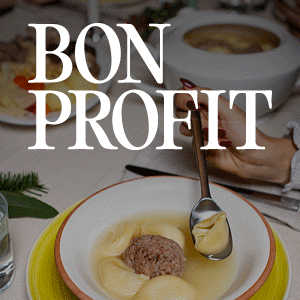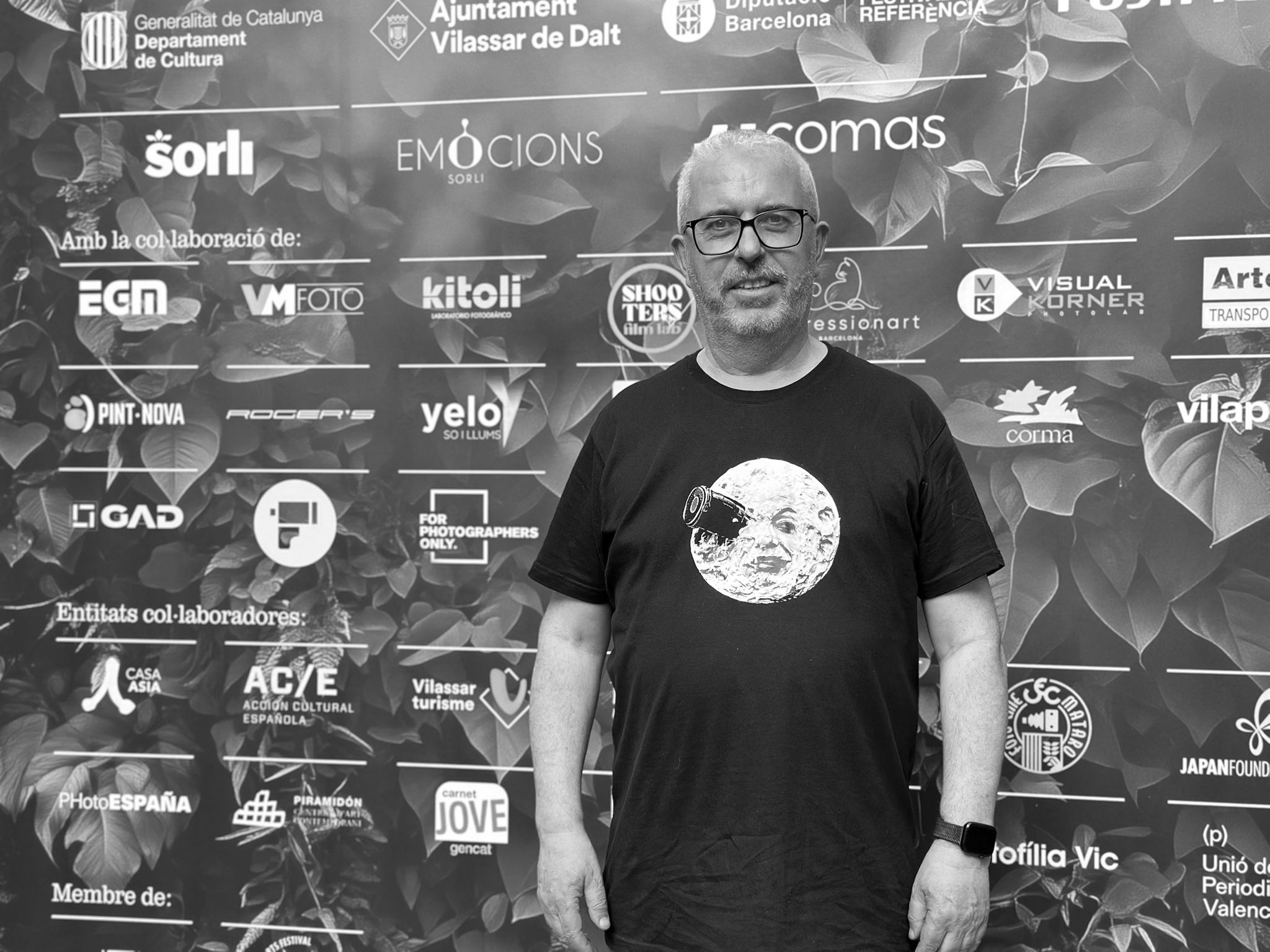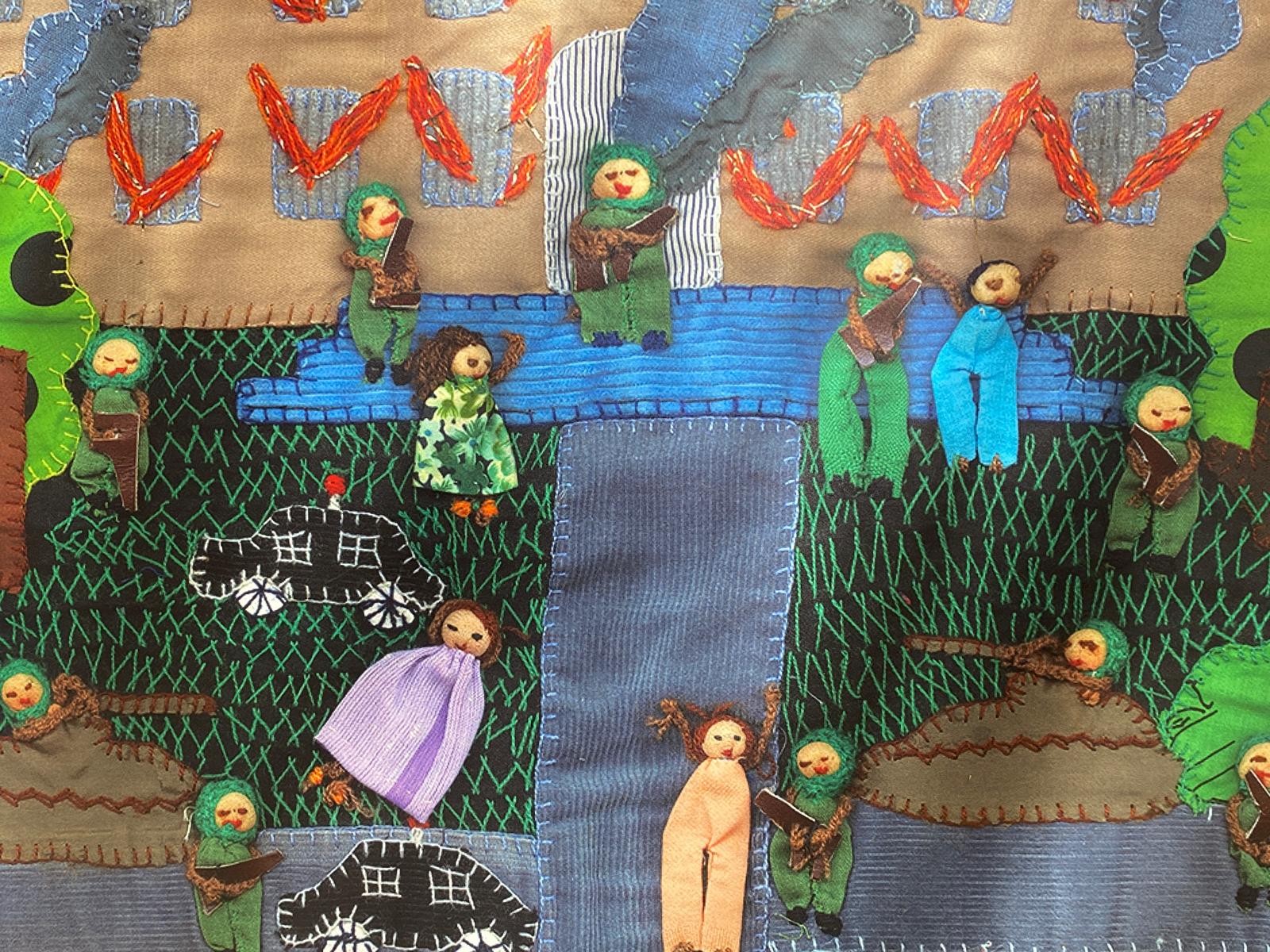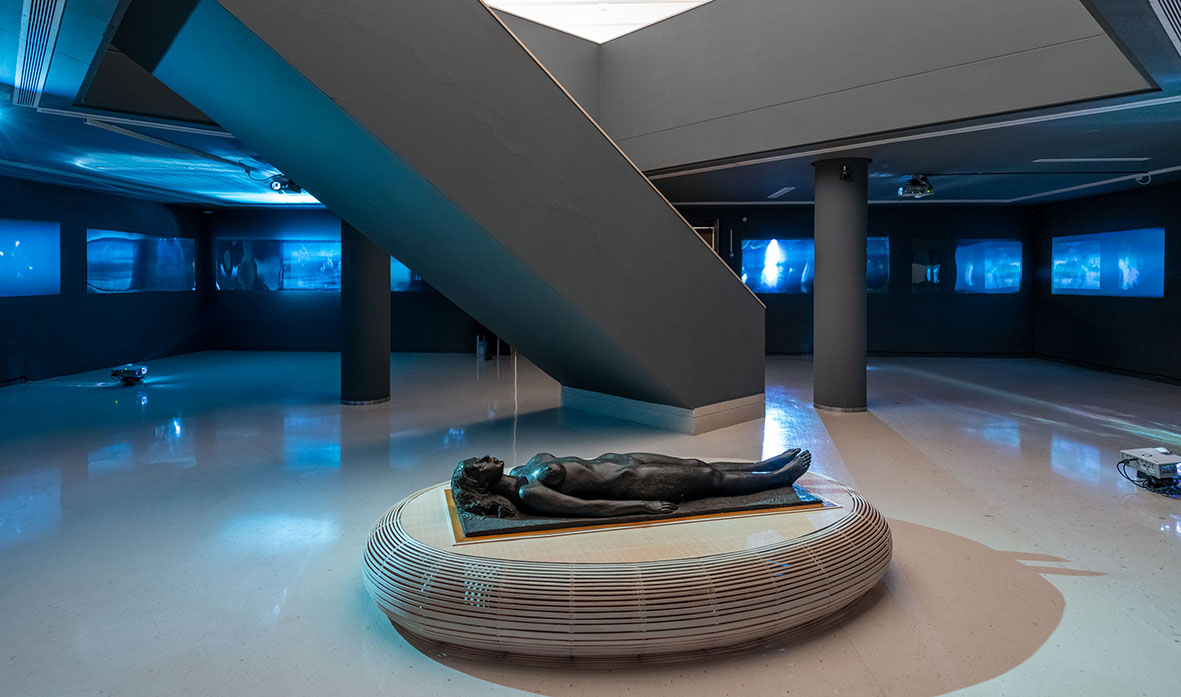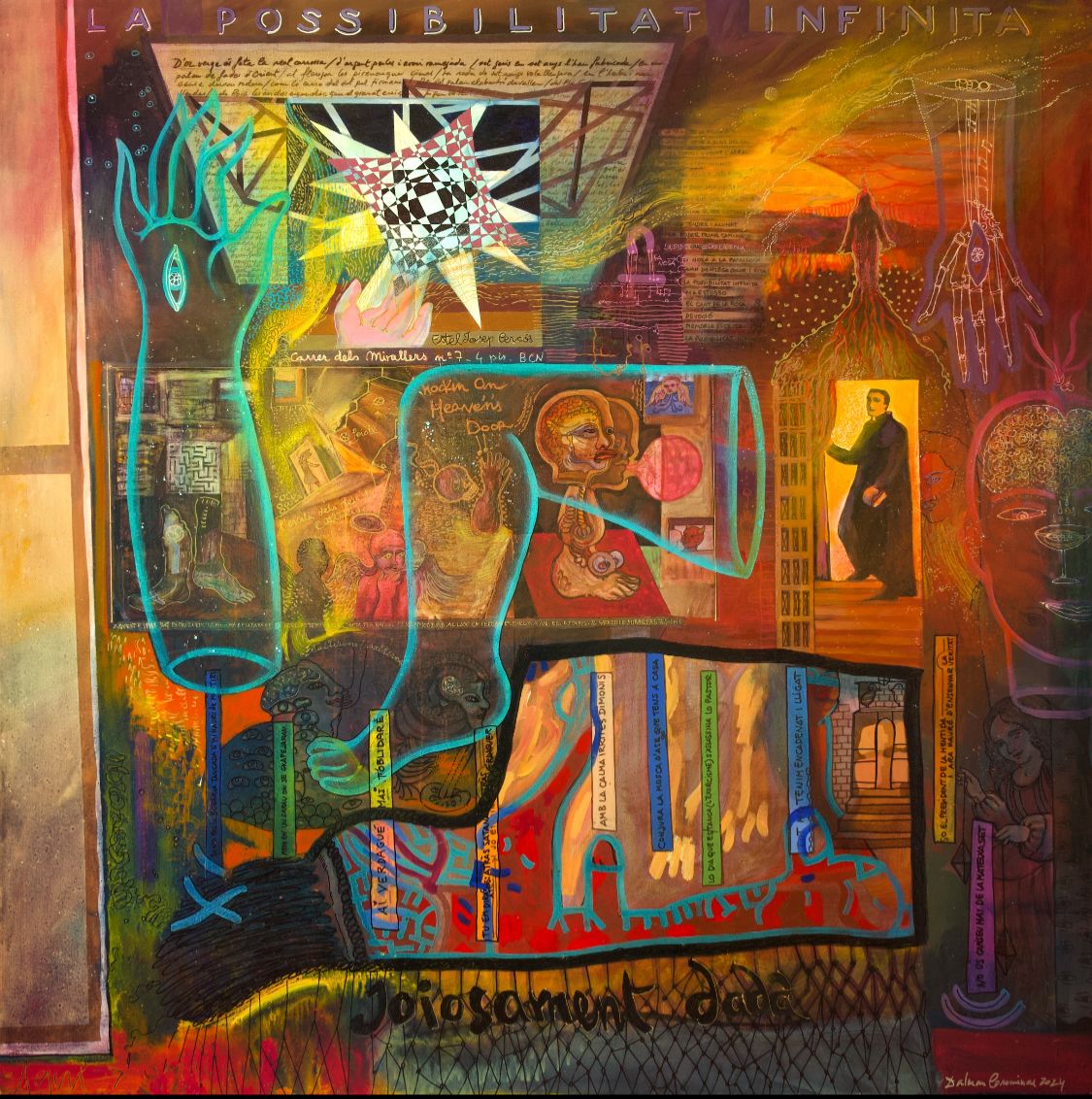News
The Automotive Heritage Plan stops at Automobile Barcelona
A collective project to preserve and give visibility to the heritage of the Catalan automotive industry, with the complicity of cultural, institutional and motor sector agents.
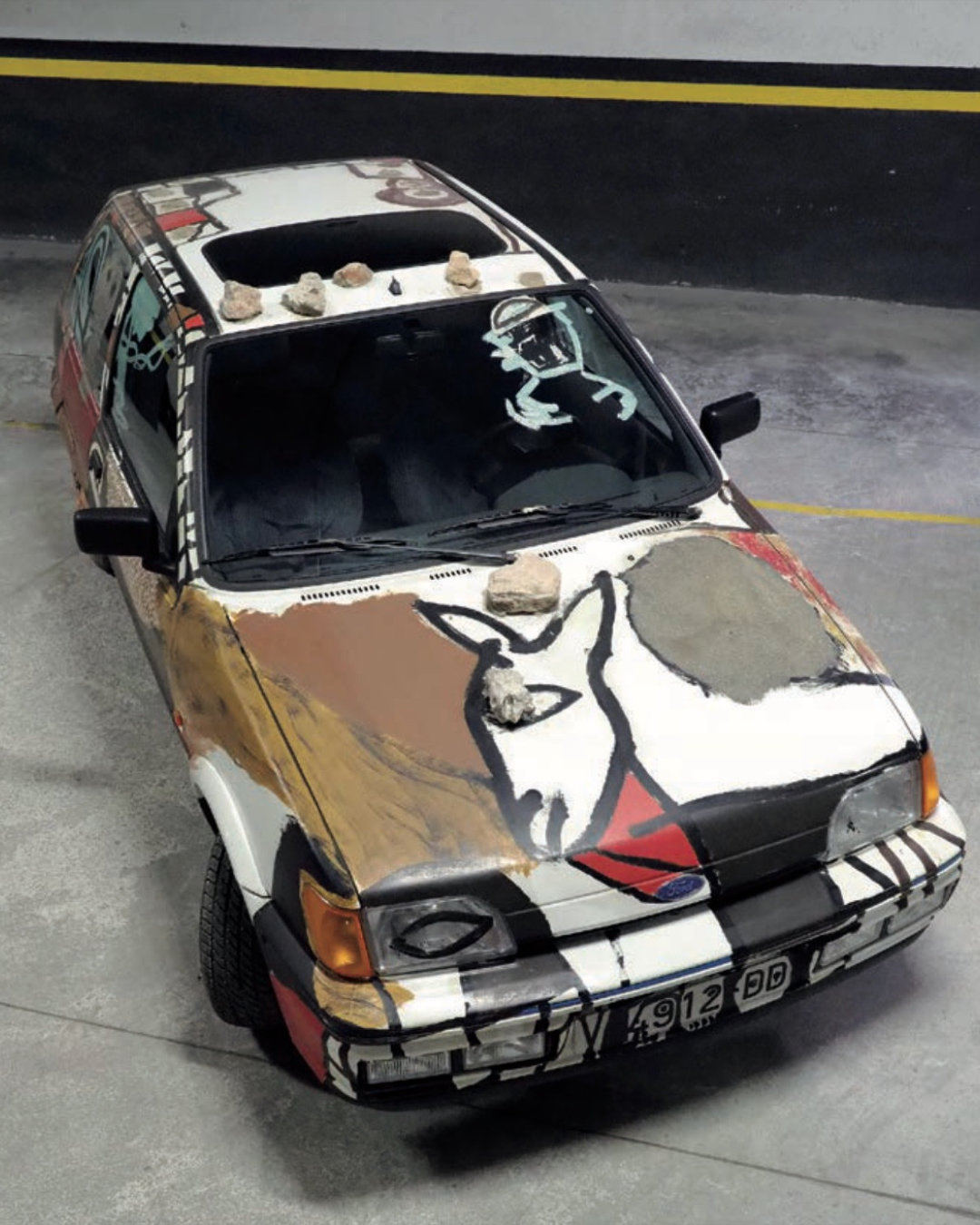
Today, Friday, within the framework of Automobile Barcelona, a new presentation of the Strategic Plan for Automotive Heritage in Catalonia was made. The event was attended by Ricard Planas Camps , co-author of the plan and director of bonart; José Miguel García , director of Automobile Barcelona; Josep Narcís Arderiu , president of the Catalan Federation of Historic Vehicles; and Salvador Servià , former rally driver and former director of the Circuit de Catalunya. This was the second official presentation of the plan, after the one that took place at the MNACTEC at the end of April. You can read the full news here .
The event began with a speech by Ricard Planas Camps, who offered a general overview of the project and its journey so far. Planas noted that this document has been in the works for almost a decade, with the aim of shaping a solid and continuous proposal. According to him, it was necessary to make use of a tradition that is deeply rooted in the territory but little recognized from a heritage point of view. While in other European countries the relationship between the automotive industry and culture is more consolidated, here there is still some way to go. For this reason, the plan is committed to a cross-cutting approach that includes diverse areas such as business, university and different territories, beyond the strict cultural sector.
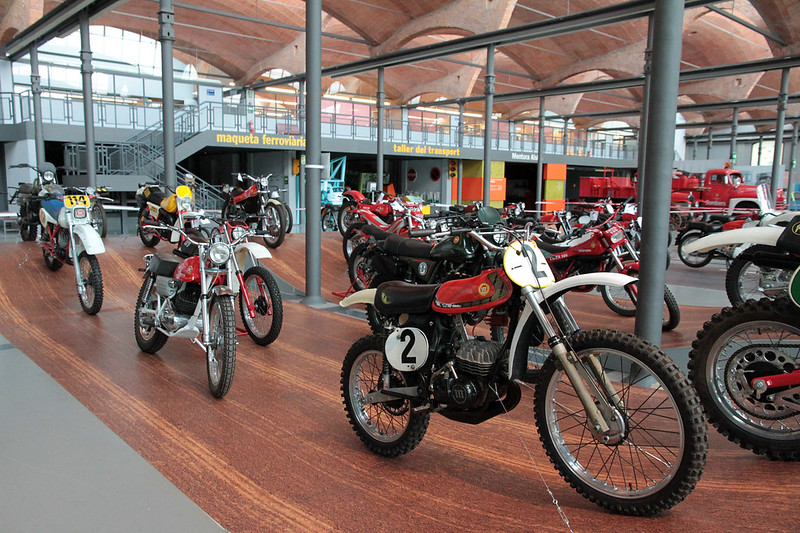 Exposició 'Viva Montesa' al MNACTEC a partir de la Col·lecció Pere Permanyer.
Exposició 'Viva Montesa' al MNACTEC a partir de la Col·lecció Pere Permanyer.
From the very beginning, efforts have been made to locate and connect the agents involved, map collections and understand what real resources already exist. The result is a proposal that not only seeks to preserve, but also to make this heritage visible, with the idea of creating a network of visitable collections spread across the country. More than a traditional museum, open spaces are envisaged that allow the movement of vehicles and, above all, a reservation system that guarantees the conservation of material that often ends up going out of stock due to a lack of adequate infrastructure.
After the summary of the plan, the event continued with a three-way conversation that served to broaden perspectives. José Miguel García recalled that this show has more than a century of history. He wanted to emphasize that the sector's heritage is not limited to vehicles, but includes documentation, advertising, agencies and an entire industrial fabric that is part of the country's collective memory . From the show, he expressed the commitment to support the plan and open collaborations with entities and guilds linked to the motor world.
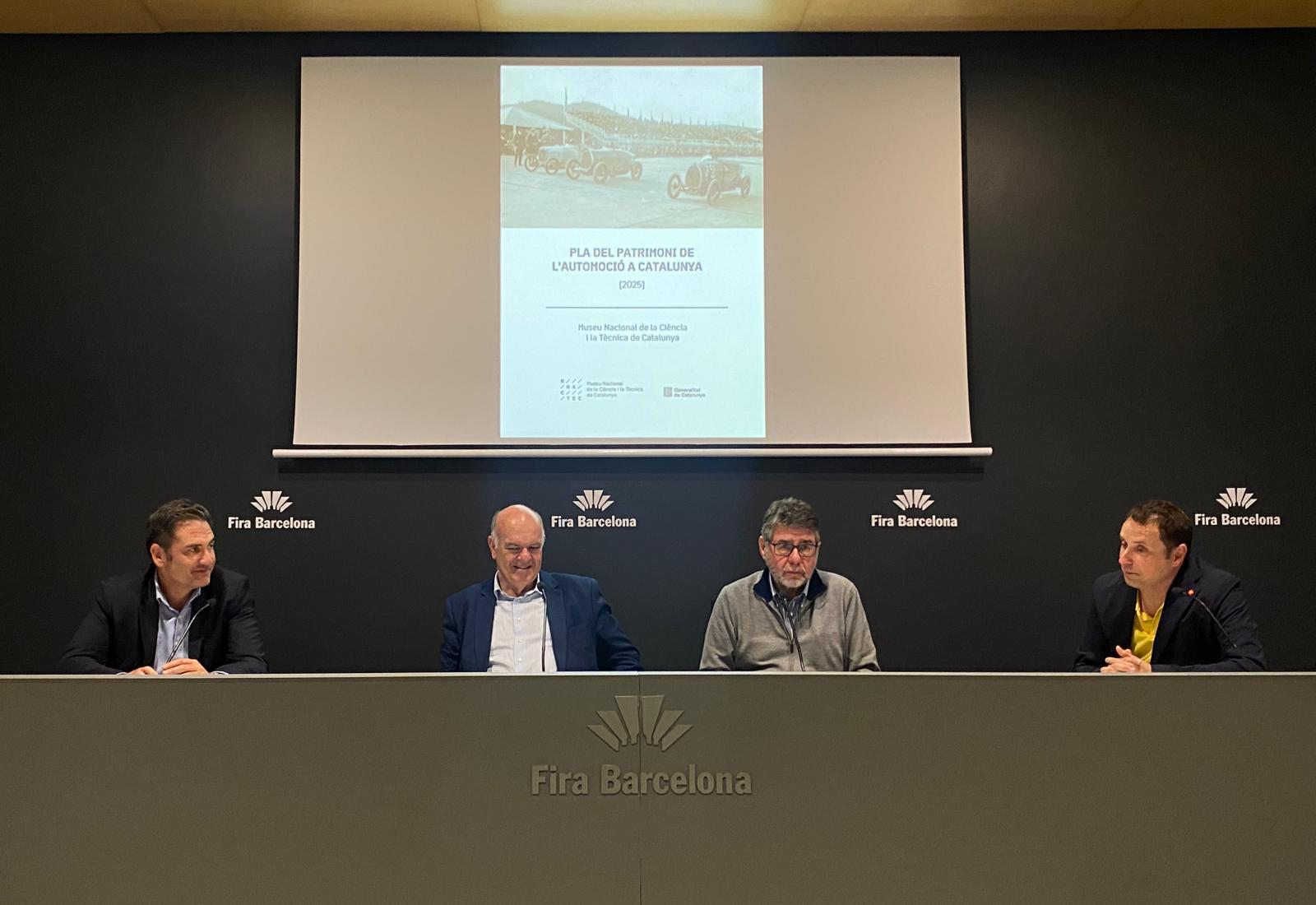 José Miguel Garcia, Josep Narcís Arderiu, Salvador Servià i Ricard Planas durant la presentació del Pla de l'Automoció a l'Automobile Barcelona.
José Miguel Garcia, Josep Narcís Arderiu, Salvador Servià i Ricard Planas durant la presentació del Pla de l'Automoció a l'Automobile Barcelona.
For his part, Josep Narcís Arderiu has emphasized the obstacles that collectors currently encounter in maintaining and exhibiting their vehicles. He explained that the federation groups more than a hundred clubs throughout the territory, but that many of them are forced to move their collections outside due to lack of support. He insisted that flexibility is needed to circulate the vehicles and that the administrations should facilitate this, especially in the face of obstacles related to mobility and emissions regulations. Arderiu is clear that these cars are not just machines; they are pieces of history and, as he himself has said, "here we don't look at art, we drive it".
Finally, Salvador Servià highlighted the complexity of the project and the need for it not to remain just in the institutional sphere. He made a direct appeal to the motor show to get involved, contribute ideas and help the plan take root.
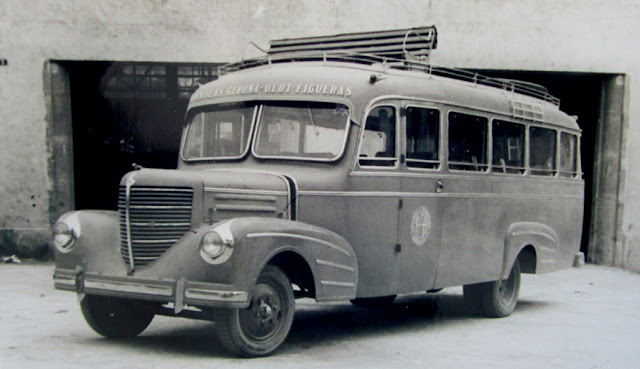 Antic autocar TEISA de la línia discrecional entre Olot i Figueres.
Antic autocar TEISA de la línia discrecional entre Olot i Figueres.
With this presentation, the Automotive Heritage Plan continues to gain alliances and make its way onto the public agenda. The challenge is significant, but the consensus among various stakeholders suggests that we can move towards a more integrated and visible model for a sector that is part of our history and heritage.



